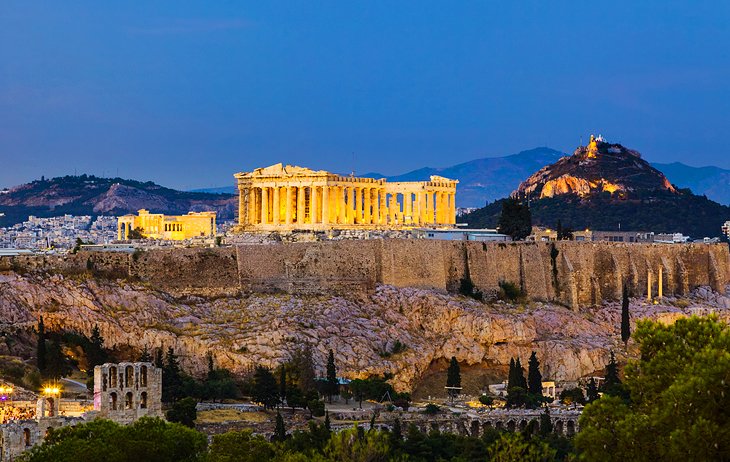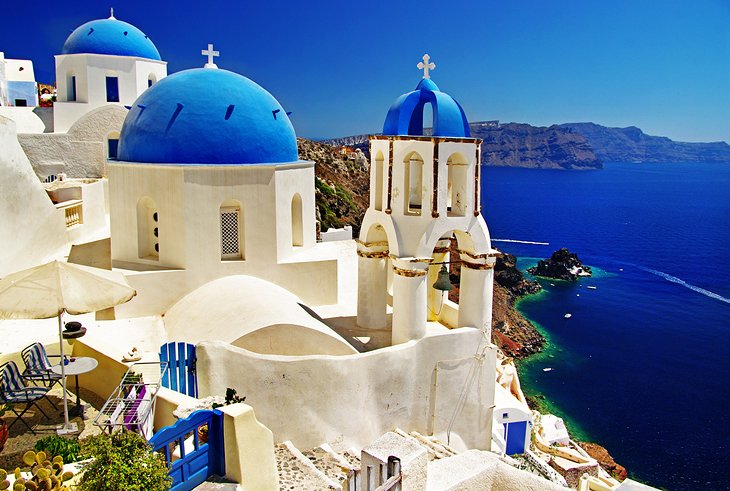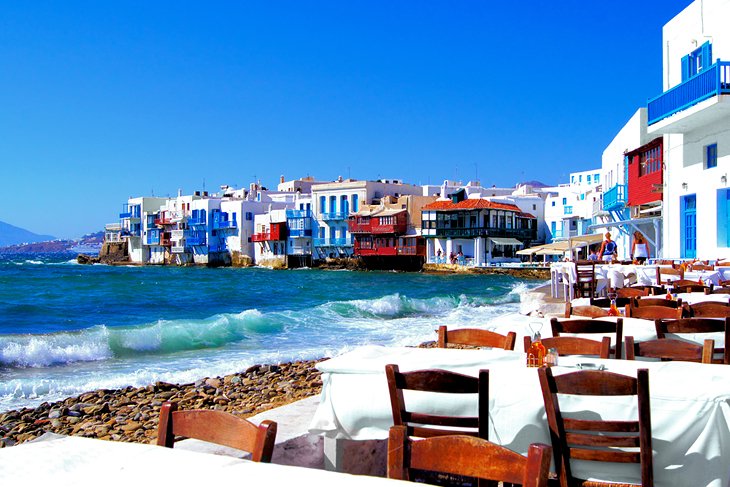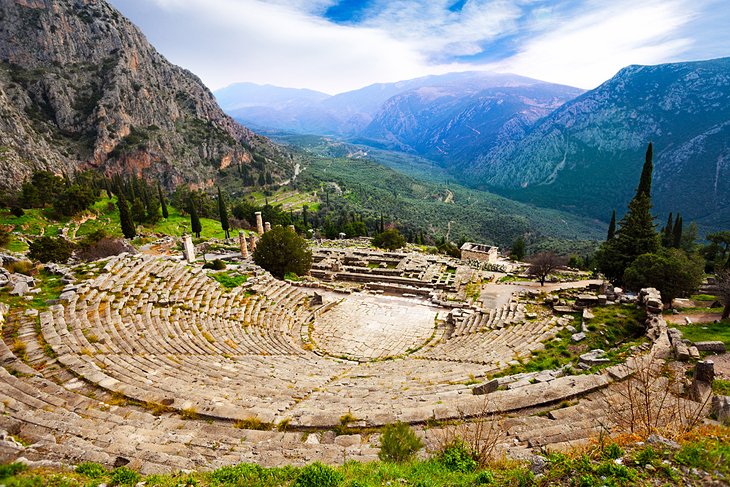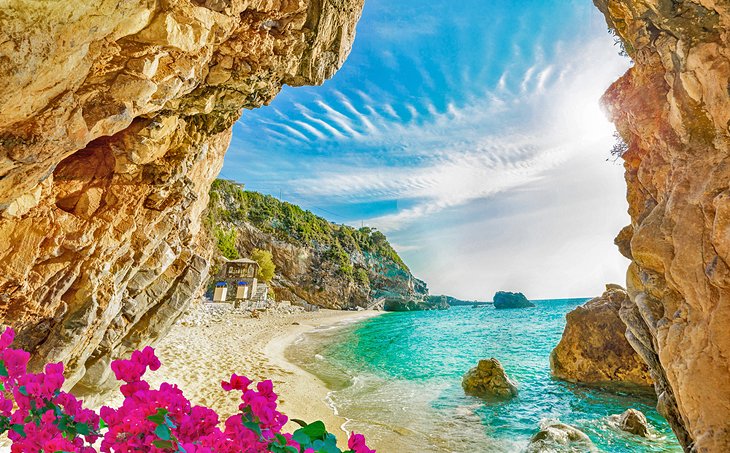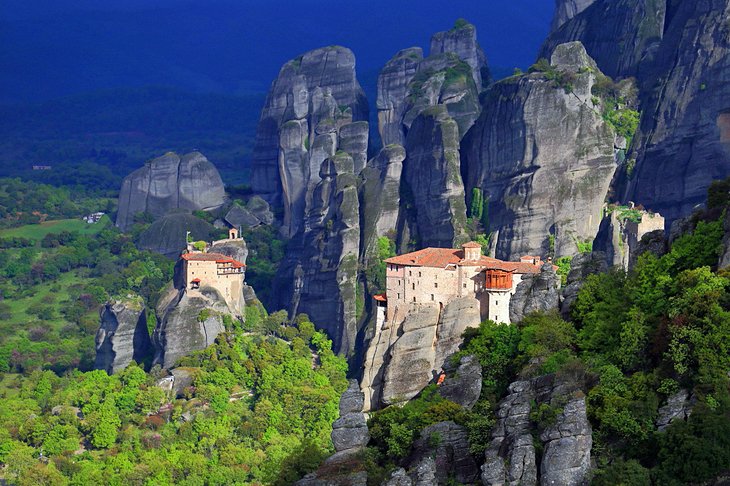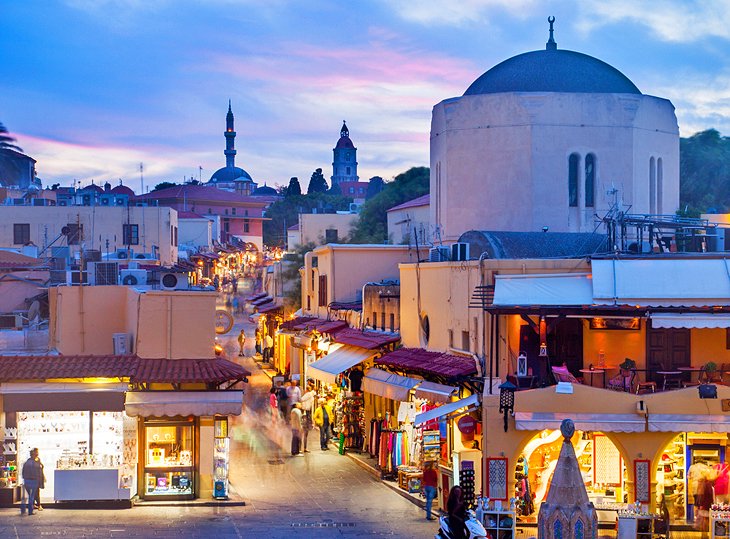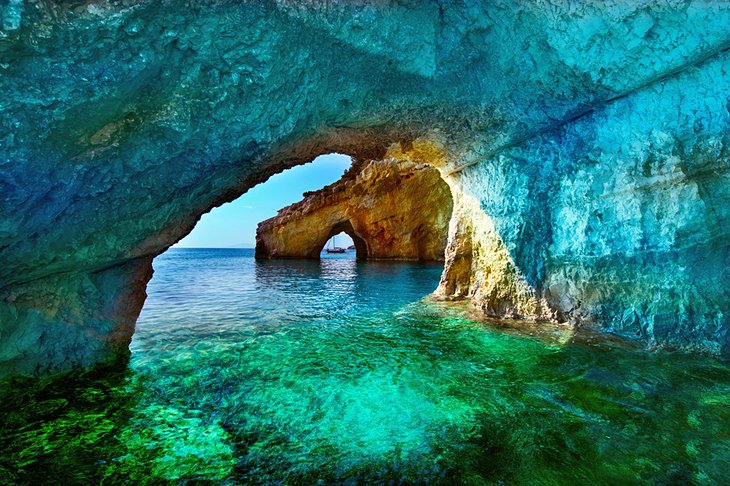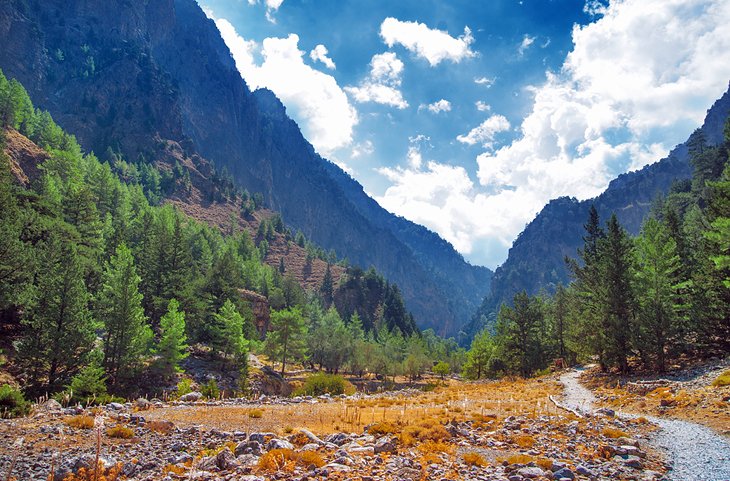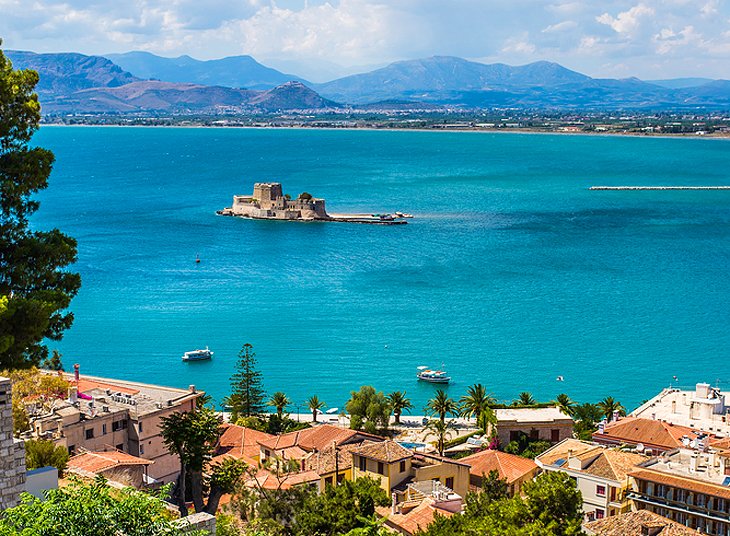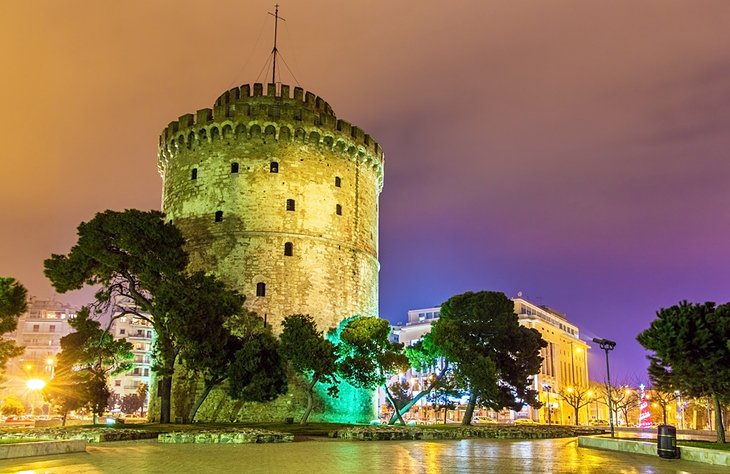
La guerra dei nomi in Macedonia
“Cosa c’è in un nome? Ciò che chiamiamo rosa anche con un altro nome conserva sempre il suo profumo”, scriveva Shakespeare, ma in Macedonia il suo profumo non è altrettanto piacevole. Con una dimostrazione d’insicurezza nazionale che ha pochi eguali, la Grecia nega al suo vicino settentrionale l’uso del nome Macedonia da quando questo è diventato indipendente dalla Jugoslavia nel 1991.
Atene ha sempre sostenuto, con poche prove che lo dimostrassero, che chiamando il nuovo paese Repubblica di Macedonia (lo stesso nome che aveva all’interno dello stato federale jugoslavo), i macedoni stessero avanzando pretese sull’omonima regione della Grecia. Ma di recente c’erano stati alcuni segni di un ritorno al buon senso.
I macedoni erano pronti a negoziare la questione, perché la Grecia sta bloccando la sua richiesta di adesione alla Nato e all’Unione europea dal 2008, e le ha permesso di essere ammessa alle Nazioni Unite solo adottando il ridicolo nome di “Ex repubblica jugoslava della Macedonia” (Fyrom). Ma Atene e Skopje (la capitale della Fyrom) stavano cercando di raggiungere un compromesso da quasi un anno, ormai, e le cose sembravano promettere bene.
Un contenzioso nazionalista
Il ministro dell’interno greco, Panos Skourletis, una figura di spicco del partito Syriza che domina il governo di coalizione ad Atene, aveva dichiarato: “È un contenzioso senza senso che dev’essere risolto. I macedoni vogliono risolverlo, e io ritengo che sarà risolto nel 2018. Se non ora, quando?”.
Il ministro dell’interno greco, Panos Skourletis, una figura di spicco del partito Syriza che domina il governo di coalizione ad Atene, aveva dichiarato: “È un contenzioso senza senso che dev’essere risolto. I macedoni vogliono risolverlo, e io ritengo che sarà risolto nel 2018. Se non ora, quando?”.
Il contenzioso è complicato dal fatto che i macedoni – che abitano la regione dai tempi delle invasioni slave del sesto e settimo secolo – hanno rivendicato la figura di Alessandro III di Macedonia, più conosciuto come Alessandro Magno, come loro padre fondatore. La cosa è comprensibile, poiché non possono appellarsi ad altre figure storiche degne di nota, ma ha creato un immenso fastidio ai greci.
Alessandro conquistò metà del “mondo conosciuto” più di duemila anni fa, all’età di 32 anni, e anche i greci contemporanei lo considerano la loro più importante figura nella storia, soprattutto perché anche loro non hanno altri candidati più recenti. Omero, Socrate, Euripide e Platone sono tutti ottimi nomi, ma sono vissuti ancor più tempo fa e non hanno conquistato alcun territorio straniero.
Verso la fine del 2017, alcune persone ragionevoli avevano cominciato ad adoperarsi per un compromesso ragionevole
E quindi, oltre all’assurda idea che la Macedonia abbia delle mire sull’omonima provincia greca (la Fyrom ha solo due milioni di abitanti, dei quali un quarto di provenienza albanese, contro i dieci milioni di cittadini greci), i nazionalisti greci sono ulteriormente adirati dal fatto che i loro vicini stiano cercando di rubare il loro grande eroe nazionale. E in effetti qualche tentativo c’è stato.
Una storia condivisa
Sotto la guida del suo precedente primo ministro, l’ultranazionalista Nikola Gruevski, la Repubblica di Macedonia ha cominciato a ribattezzare aeroporti, autostrade e stadi con il nome di Alessandro, e a erigere grandi e goffissime statue in onore del grande conquistatore. Gruevski ha perso le elezioni macedoni nel giugno 2017, tuttavia, e il nuovo primo ministro Zoran Zaev ha adottato una linea molto diversa.
Sotto la guida del suo precedente primo ministro, l’ultranazionalista Nikola Gruevski, la Repubblica di Macedonia ha cominciato a ribattezzare aeroporti, autostrade e stadi con il nome di Alessandro, e a erigere grandi e goffissime statue in onore del grande conquistatore. Gruevski ha perso le elezioni macedoni nel giugno 2017, tuttavia, e il nuovo primo ministro Zoran Zaev ha adottato una linea molto diversa.
“Rinuncio alla pretesa che la Macedonia sia l’unica erede di Alessandro”, ha dichiarato Zaev in un’intervista televisiva a dicembre. “La storia non appartiene solo a noi ma anche alla Grecia e a molti altri paesi”. Ha poi denunciato la sbornia nazionalista del precedente governo e ha perfino suggerito che avrebbe smantellato le statue che offendono i greci.
La cosa è naturalmente ragionevole, dal momento che Alessandro era effettivamente greco, parlava greco (il suo tutore era Aristotele) ed era nato in quello che oggi è territorio greco.
D’altro canto, gli imperi che hanno dominato l’intera regione per oltre duemila anni fino al ventesimo secolo– romano, bizantino e ottomano – includevano solitamente nella loro provincia di Macedonia il territorio oggi occupato dalla Fyrom. Il nome può quindi essere rivendicato da chiunque avesse degli antenati che vivevano in tale area. Verso la fine del 2017, alcune persone ragionevoli avevano cominciato ad adoperarsi per un compromesso ragionevole.
Ancora qualche tempo di follia
Per il capodanno 2018 Yiannis Boutaris, il sindaco di Salonicco, la capitale della provincia greca di Macedonia, ha accolto il premier macedone Zoran Zaev nella sua città. “Per troppo tempo siamo stati oscurati da questa follia nazionalista e dalla propaganda populista”, ha dichiarato, e il problema sembrava sulla strada della soluzione.
Per il capodanno 2018 Yiannis Boutaris, il sindaco di Salonicco, la capitale della provincia greca di Macedonia, ha accolto il premier macedone Zoran Zaev nella sua città. “Per troppo tempo siamo stati oscurati da questa follia nazionalista e dalla propaganda populista”, ha dichiarato, e il problema sembrava sulla strada della soluzione.
La soluzione, secondo alcune fonti vicine ai negoziatori guidati dall’inviato dell’Onu Matthew Nimetz, sarebbe stata quella di chiamare la Fyrom con il nome Nuova Macedonia, il che esclude ogni rivendicazione sulla “vecchia” Macedonia greca. Ma poi Panos Kammenos, il fondatore del piccolo partito Grecia indipendente, alleato di Syriza nella coalizione di governo, ha chiesto un referendum immediato.
Il partito di Kammenos ha un indice di preferenze nei sondaggi così basso che, se si votasse oggi, non entrerebbe neppure nel prossimo parlamento, e aveva quindi bisogno di rafforzare la sua posizione agli occhi del suo elettorato di estrema destra. I sondaggisti hanno prontamente chiesto ai cittadini greci se potrebbero accettare un qualsiasi nuovo nome per la Fyrom che includesse la parola Macedonia, e gli intervistati hanno risposto di no, con oscillazioni tra il 68 per cento (il 15 gennaio) e il 77 per cento (il 20 gennaio)
Quindi è improbabile che Syriza, che nei sondaggi attuali ha uno svantaggio del 10 per cento rispetto al partito d’opposizione Nuova democrazia, porti avanti questa proposta (il 63 per cento dei suoi stessi elettori si è detto contrario). E quindi la follia continuerà a prevalere ancora per qualche tempo.
(Traduzione di Federico Ferrone)



